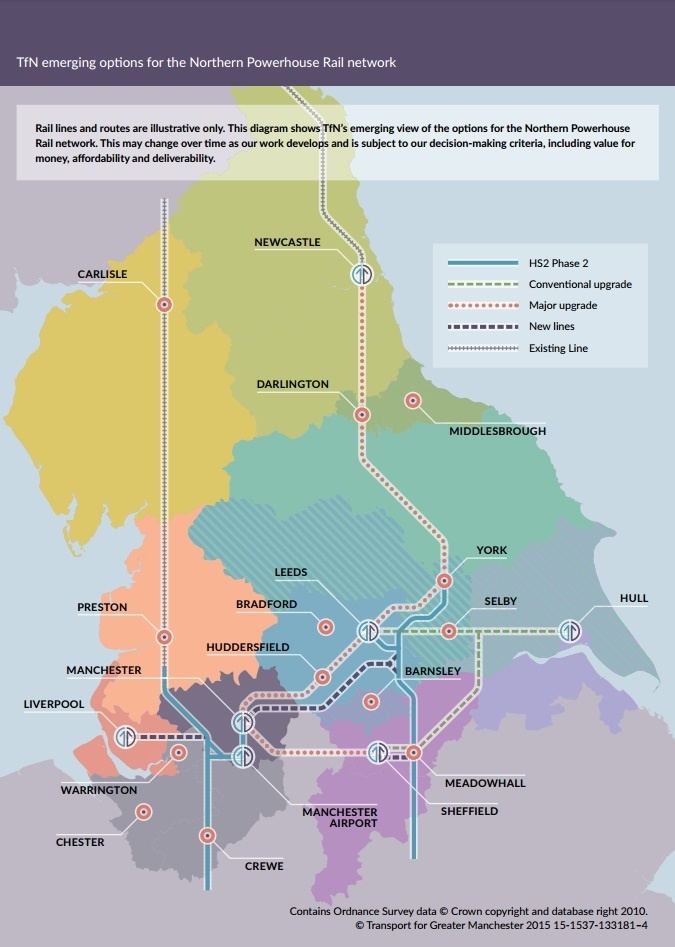08.03.16
TfN plans for improving airport rail links ‘crucial to Northern Powerhouse’
Plans to connect major northern cities to Manchester Airport by rail are crucial for building the Northern Powerhouse, the airport has said.
The proposals, laid out in yesterday’s spring report from Transport for the North (TfN), include increased capacity to make it easier to access Manchester Airport from Manchester, Leeds, Hull, Liverpool, Sheffield and Newcastle.

They come following a Transport Select Committee report which said that HS2 needs to include plans to link to airports and rail surface access to airports needs to improve.
Ken O’Toole, managing director at Manchester Airport, said: “We welcome TfN’s spring report, particularly their vision for rail and connecting the six principal city regions with Manchester Airport.
“Manchester Airport plays a vital role in delivering the Northern Powerhouse and is the global entry and exit point for the millions of people who live in the North and who visit the United Kingdom on business and for leisure. By easily connecting the key Northern towns and cities with us, in turn connects them with global markets around the world.
“The North has a wealth of untapped potential and we share the view that integrating Manchester Airport with high speed and improved rail links will deliver substantial economic benefits for not only the region, but also for the entire country."
He added that more than 22 million people and 60% of the UK’s businesses live within two hours of Manchester Airport, and TfN’s infrastructure improvements will be instrumental in enabling the airport to offer an even greater range of global destinations from the UK's third biggest airport.
Suggestions in the report include building more lines or sections of line than currently planned on the Leeds-Manchester and Sheffield-Manchester routes, upgrading existing line between Leeds-Newcastle and Leeds-Hull, and integrating HS2 infrastructure between Manchester, Manchester Airport and Liverpool, which a recent report suggested the city needed to pay for with local business rates.
(Image c. Martin Rickett from PA Archive/ Images)